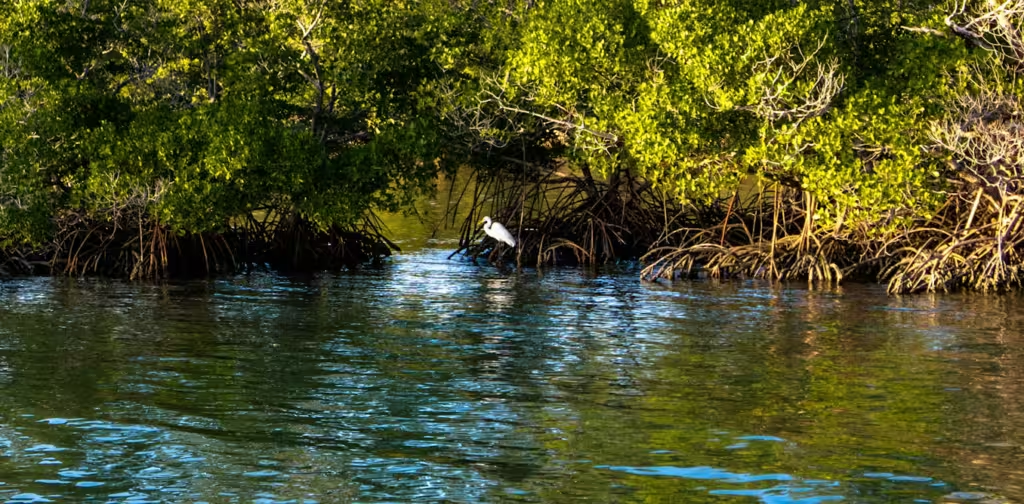A recent press release on the Eureka Alert website highlights groundbreaking research by ecologists from the US Forest Service and other institutions, revealing that planted mangroves can sequester up to 70% of the carbon found in natural mangrove forests within just 20 years.
Mangroves are well-known for their ability to absorb and store carbon dioxide, but until now, little was understood about how quickly planted mangroves could achieve carbon storage levels comparable to natural stands.
Rich MacKenzie from the Institute of Pacific Islands Forestry noted, “About a decade ago, Sahadev Sharma and I discovered that mangrove plantations in Cambodia aged 20 years already had carbon stocks similar to those in untouched forests.”
Under the guidance of Carine Bourgeois from the Forest Service’s International Programs office, MacKenzie and Sharma collaborated with an international team of mangrove researchers. Their study, based on four decades of data from approximately 700 planted mangrove sites worldwide, revealed that after two decades, planted mangroves had achieved between 71% to 73% of the carbon storage found in natural mangrove forests, using logistic models.
These findings could significantly impact global mangrove restoration efforts. Over the past 50 years, human-induced changes in land use, extreme weather events, and erosion have led to the loss of 35% of the world’s mangrove areas.
“As we expand our dataset and gather more information, we hope this research will provide valuable insights for planning and implementing mangrove restoration projects,” said Sharma.
Ongoing monitoring of mangrove development is critical for assessing the success of restoration efforts and adapting management strategies as needed, emphasized Rupesh Bhomia from the Center for International Forestry Research and World Agroforestry (CIFOR-ICRAF).
The importance of protecting and rehabilitating mangroves extends beyond carbon sequestration. These ecosystems serve as natural buffers against coastal storms and tsunamis, provide critical habitats for diverse marine species, and support coastal communities’ livelihoods.
However, MacKenzie cautioned that not all mangrove planting initiatives yield optimal results. “Effective restoration requires well-designed and managed mangrove plantations,” he explained. “Nevertheless, replanting cannot replace the conservation of intact mangrove forests.”
According to Bourgeois, simulations suggest that replanting efforts in highly restorable mangrove regions over 20 years would sequester less than 1% of annual global emissions. Therefore, preserving existing mangrove stands remains paramount.
In conclusion, while planted mangroves offer promising potential for carbon sequestration and ecosystem restoration, their role complements rather than replaces the conservation of natural mangrove habitats.


